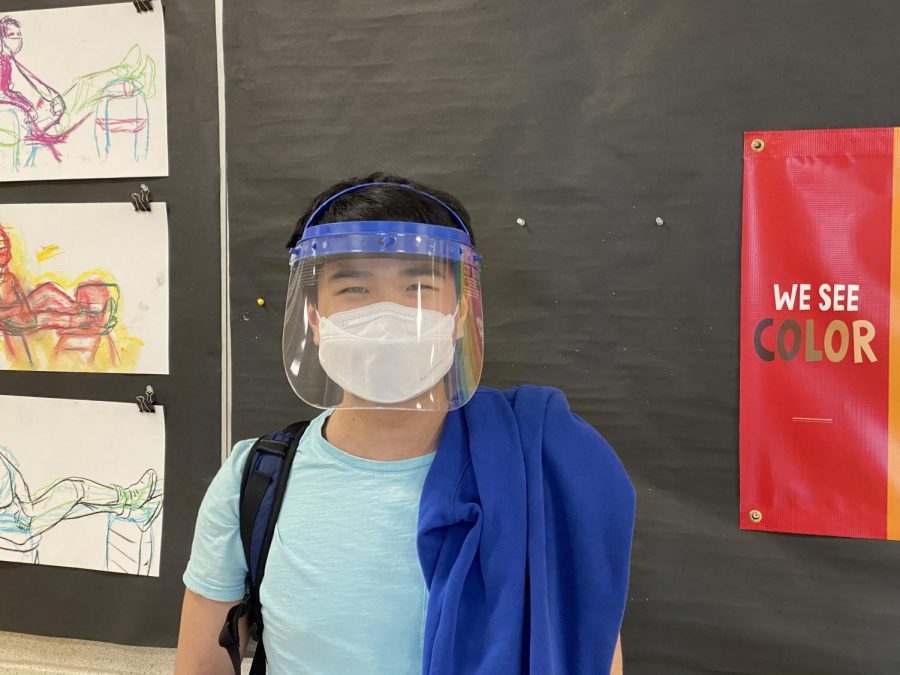Senior Nick Seto
What was your initial reaction to hearing news of the events that transpired at the Capitol building on Wednesday?
“Mostly disbelief and surprised because I wasn’t really following it and suddenly it was just people in the Capitol building so it was kinda a sinking gut feeling.”
Would you consider the people who entered the building protestors, rioters or something different?
“I would say something different like seditionists. Definitely more advanced rioters because it was a passing onto federal land especially with the Capitol building.”
How do you feel these actions will affect the future of our country and what steps should be taken next by our lawmakers?
“I feel like it’s a sign for things worse because people are willing to do basically anything. Donald Trump and certain hardcore right wing people are willing to go to any length to do terrible acts, and it could’ve been a lot worse if Donald Trump had told them to do worse. And I think for the lawmakers, I don’t think they’re going to do anything but I think they should probably try to address the base issues that caused these things like why these people are angry in the first place.”
Do you believe the 25th Amendment (which states if the President becomes unable to do his job, the Vice President will assume the role of the President) should be exercised in response to the president’s words and actions on the day of the Capitol shutdown?
“Hell yeah brother.”

